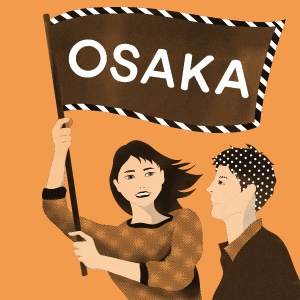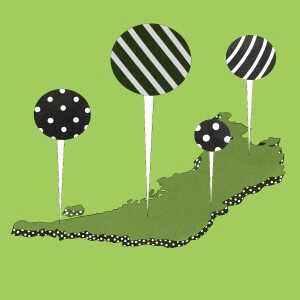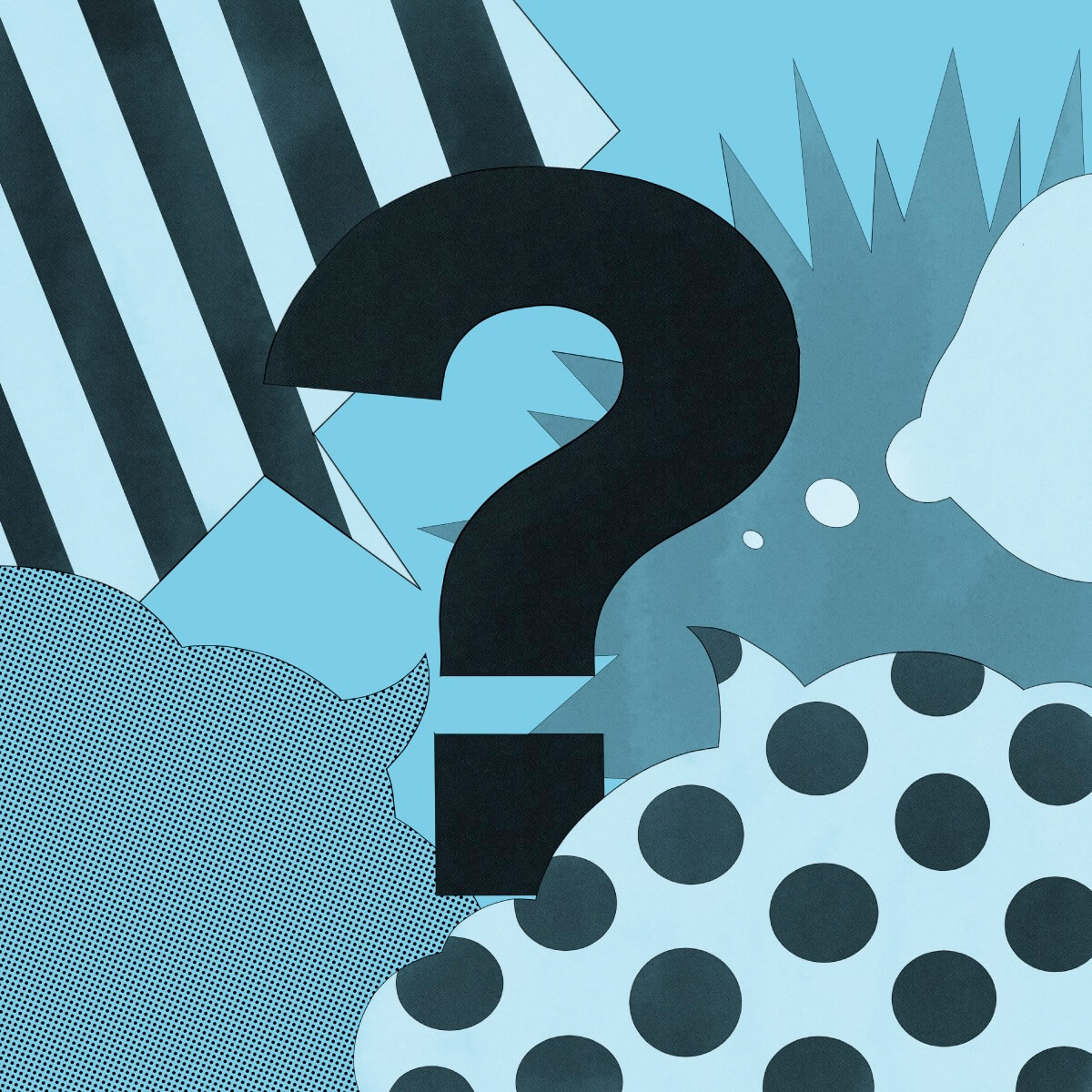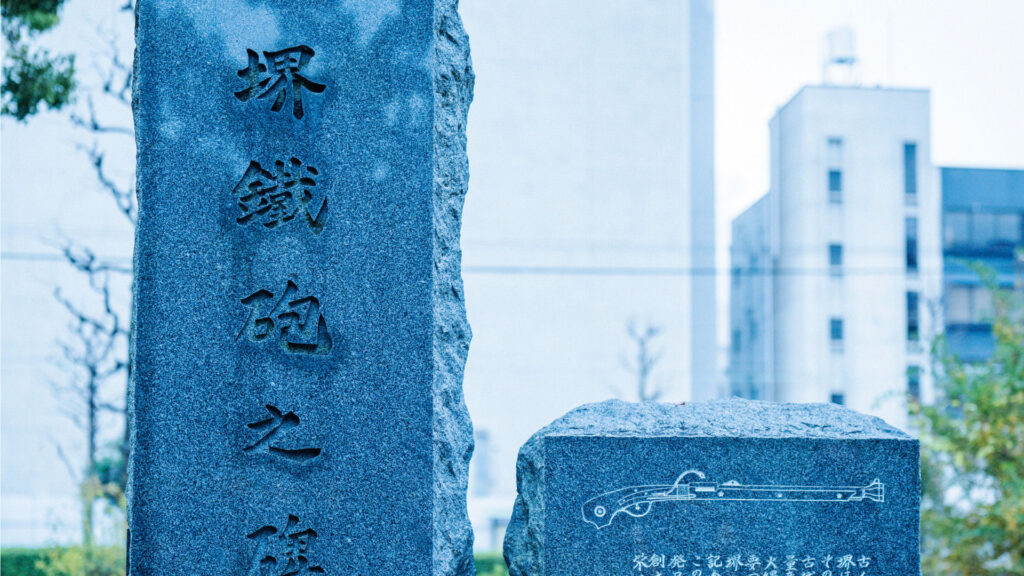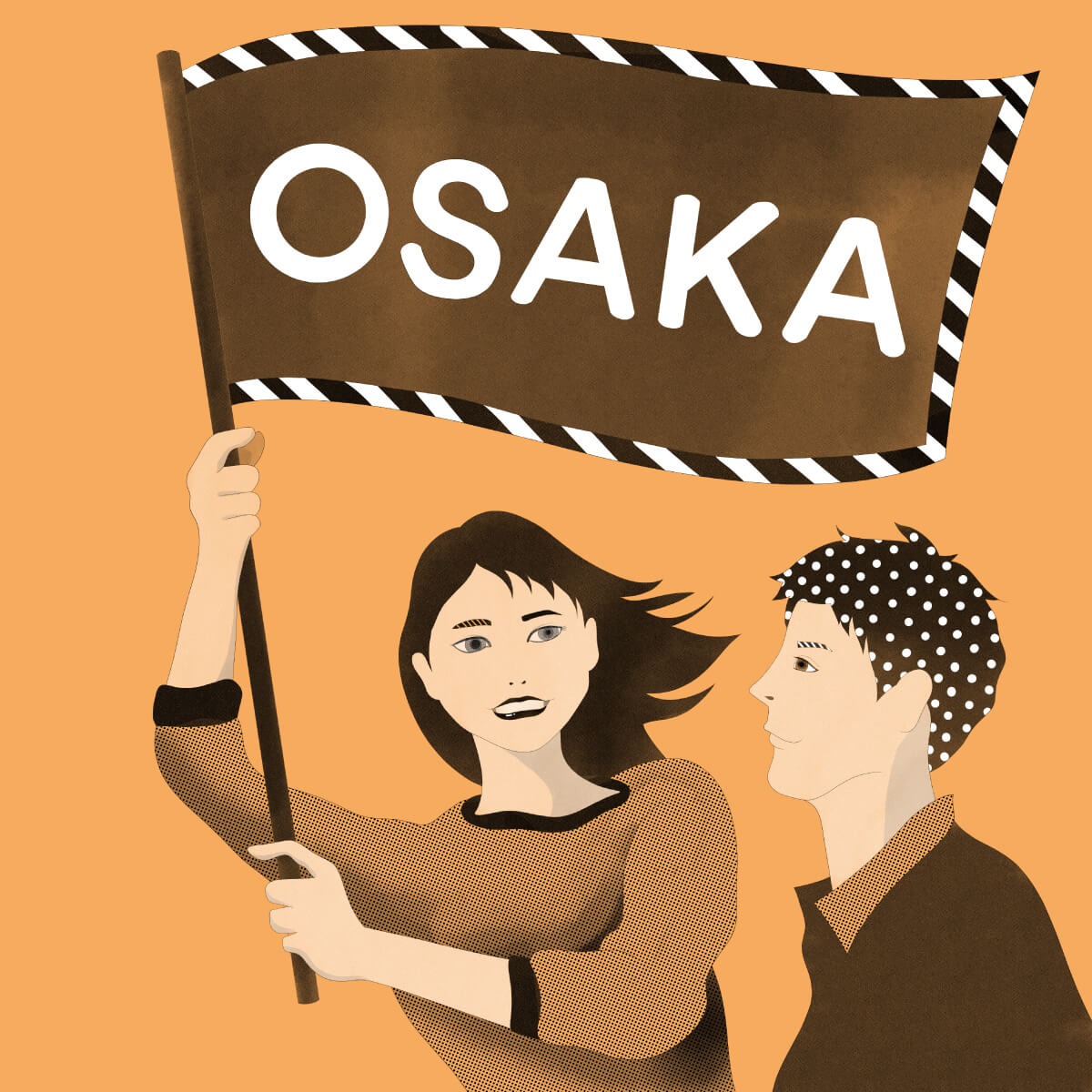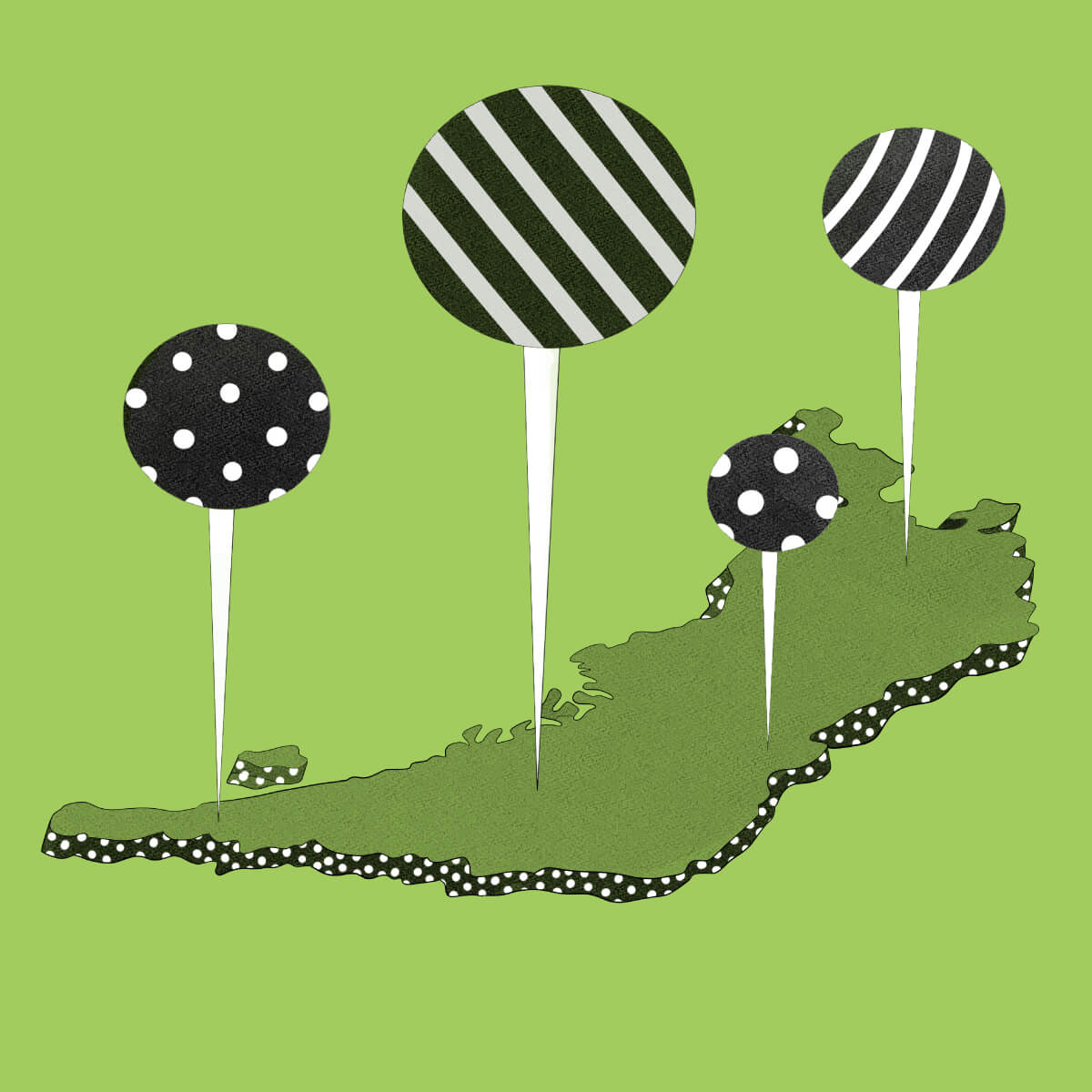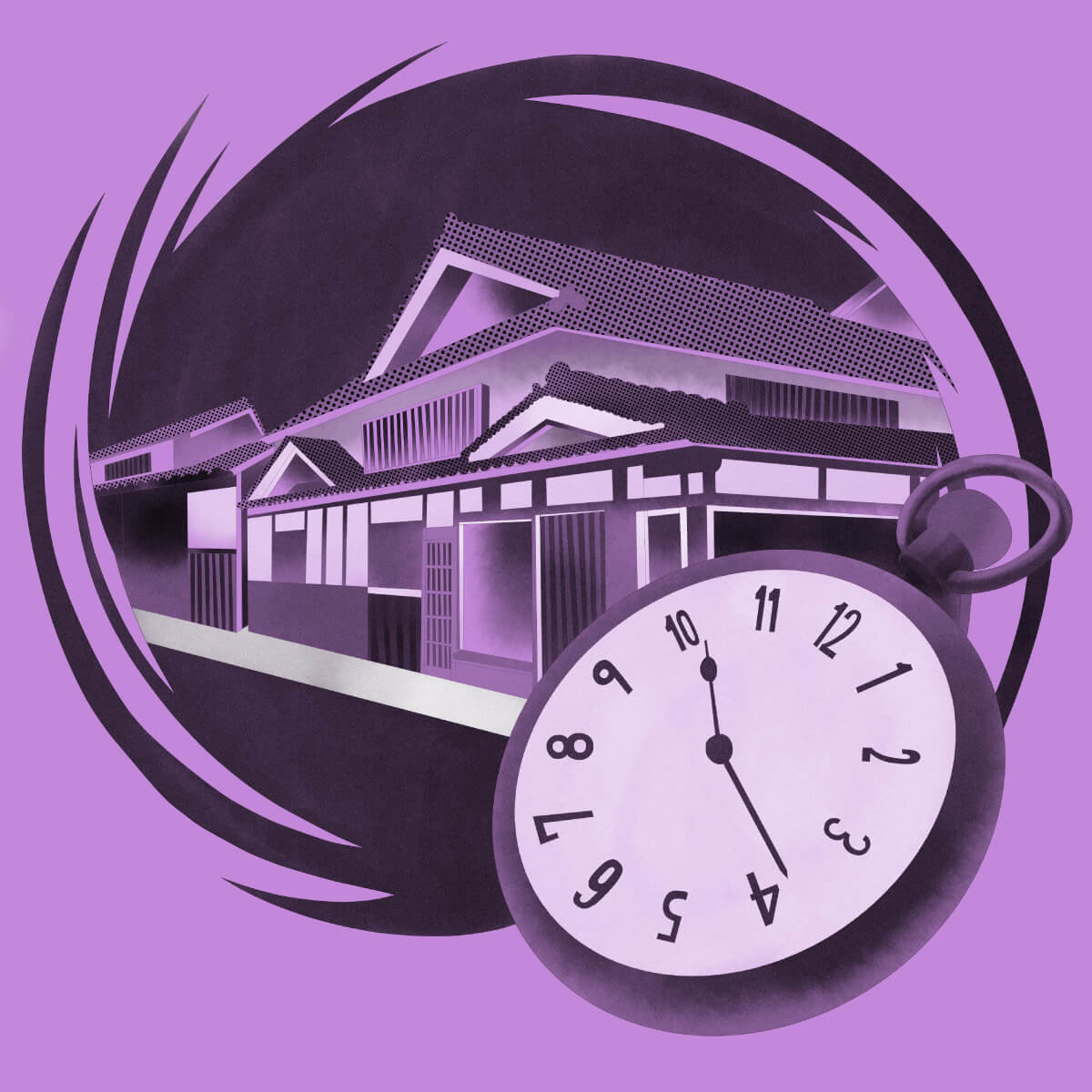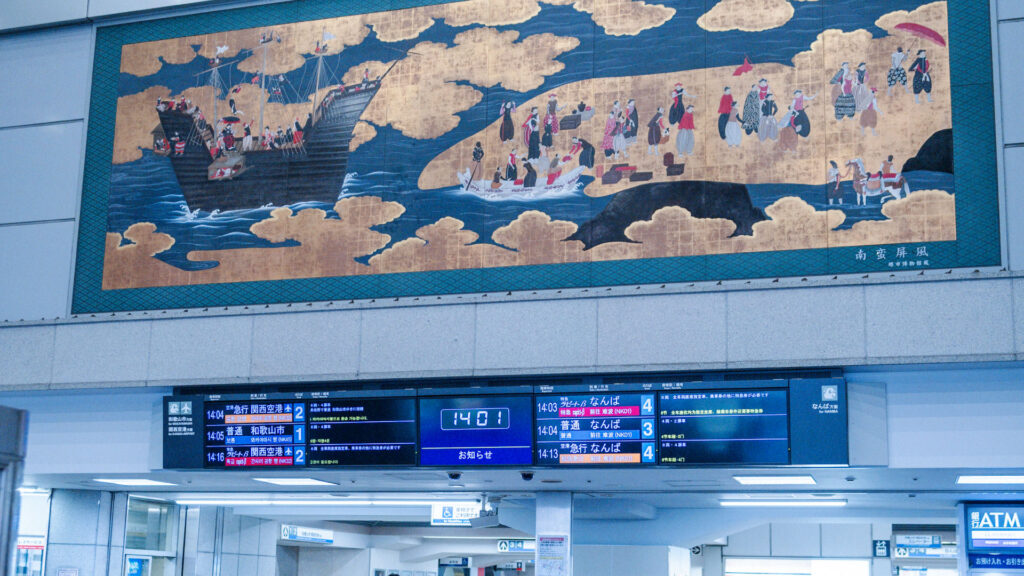
1-Beginning of the Southeastern barbarian Trade
2024.03.28
-
 ON THE TRIPAn audio guide app to enhance your travel experienceJust like an audio guide in a museum, ON THE TRIP provide on-the-spot audio guides at shrines, temples, spectacular views, and sightseeing spots in any travel destination. Download the app and your smartphone becomes your own personal travel guide!
ON THE TRIPAn audio guide app to enhance your travel experienceJust like an audio guide in a museum, ON THE TRIP provide on-the-spot audio guides at shrines, temples, spectacular views, and sightseeing spots in any travel destination. Download the app and your smartphone becomes your own personal travel guide!
Audio Time Travel is an article that allows you to enjoy a trip to Osaka while listening to a guide. You can enjoy a part of the audio guide in this article. The full audio can be experienced on the ON THE TRIP app.
INTRODUCTION
The port city of Sakai once saw “golden days” of enormous fame and influence. But where are the traces of that era? You may not sense them upon arriving at Nankai Sakai Station. It makes sense, given that the station area is on land reclaimed from the sea. The coastline, as well as the port, were originally located further inland.
On this trip, we will uncover the story of Sakai’s golden age: its unique luminaries and their sophisticated pastimes, which include the tea ceremony. We may also see the dark corners that were hidden from such glittering prosperity.
01| Nankai Sakai Station, East Exit
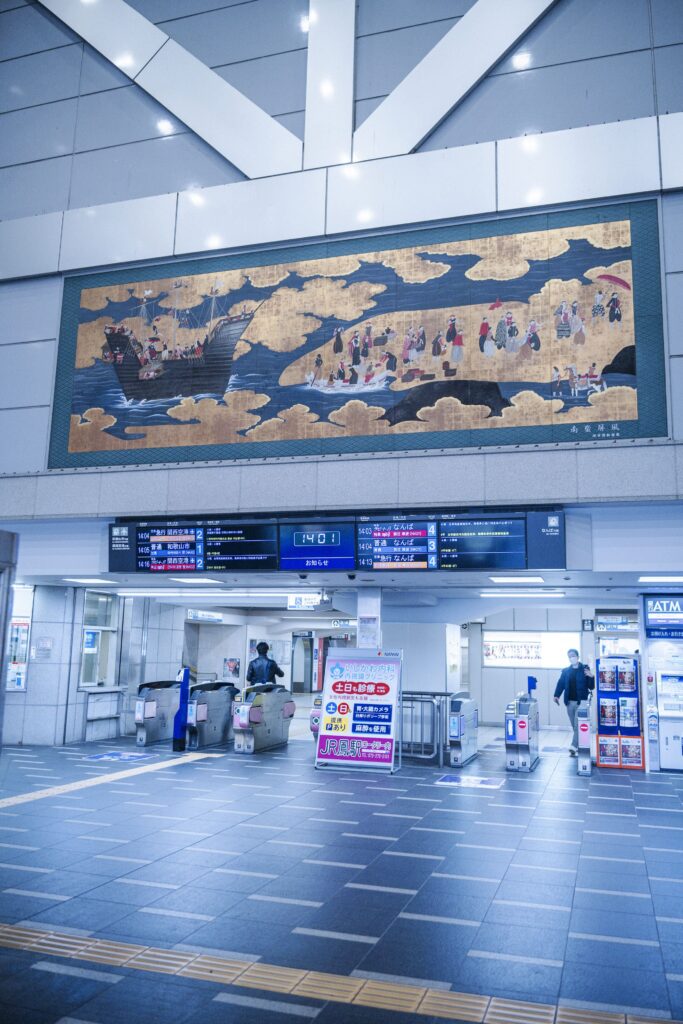
Sakai. Between the latter half of the 15th century and the start of the 17th century, it prospered as one of Japan’s leading trade ports. It was an opulent time known as the “golden days.” The city prospered after the arrival of Chinese ships at Sakai Harbor and subsequently began international trade with Spain and Portugal. Thanks to its numerous volcanoes, Japan was rich in iron resources. Foreign ships crossed the sea, attracted by the riches of “Zipangu,” the land of gold and silver.
The monstrously rich merchants of Sakai built moats along the north, east, and south ends of the city – the west side faced the sea – to prevent outside control. Free commerce led to development as Sakai formed a unique mix of Japanese and international cultures.
When you look up at the Nankai Sakai Station’s east exit ticket gate, you will find a painting depicting the “Nanban trade” between Japan, Southeast Asia, Spain, and Portugal. Can you see the vessel inside the image? What are its origins? There is a tourist info center on the first floor of the Nankai Sakai Eki building near the ticket gate; you’ll find a hint hidden inside the glass case in front of the center, so look closely.
02| Luzon’s Pot
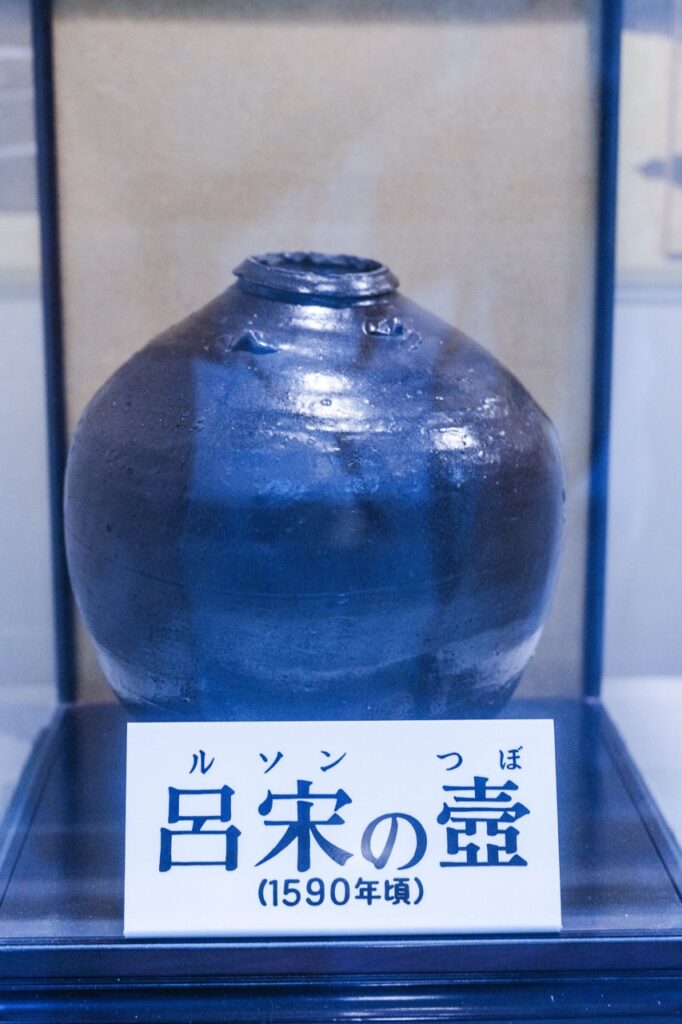
A large, round brown pot. How does it look to you?
This pot was brought to Japan from Luzon Island in the Philippines by Sakai merchant Luzon Sukezaemon. A harbor warehouse manager, Luzon employed his business acumen as a trader. Toyotomi Hideyoshi, ruler of Japan at the time, was delighted upon seeing the pots, praising their exotic nature. Other noted feudal lords lined up to buy them.
Back then, only the samurai class was privileged enough to partake in tea ceremonies. Tea utensils were given as rewards for distinguished samurai, causing their prices to soar. Luzon had already made his name as a trader, but it’s said that he fled to southeast Asia after Hideyoshi questioned his excessive opulence. He would die there.
Luzon Sukezaemon is in illustrious company. Among the merchants who colored Sakai’s golden days was the one and only Sen-no-Rikyū. Like Luzon, he managed goods distribution, but would later become nationally renowned as a master of the tea ceremony.
*This guide was created based on documents and interviews and includes some interpretation done by us at ON THE TRIP. Theories differ between experts, so try to find out what really happened on your travels!
*Information presented here is current as of 2024. Please check the websites of the individual shops and facilities for up-to-date information on business hours.

